Overview
Map
Other Details
دير مار حوشب
Lehfed
Jbeil
Mount Lebanon
دير مار حوشب - لحفددير مار حوشب يقع شرقيّ البلدة. وهو عِبارة عن كَهف في الشير المُسمَّى شير العاميّة. بُنيَ الدير في القَرن الثاني عشر، إذ اختار البطريرك يوحنا اللِحفِدي أحد أساقفته الأربعة للإقامة فيه. وللدّير ثلاث صوامع متعلقة به وهي اليوم آثار.The monastery of St Eusabius of Caesarea - LehfedThe monastery is located in the eastern side of the village, like the old monasteries of the Qadisha valley. It is a cave inside a cliff called El Aamlyeh. The monastery dates back to the XIIth century, when Patriarch John of Lehfed appointed one of his four bishops as it’s head.
Visited 1508 times, 5 Visits today
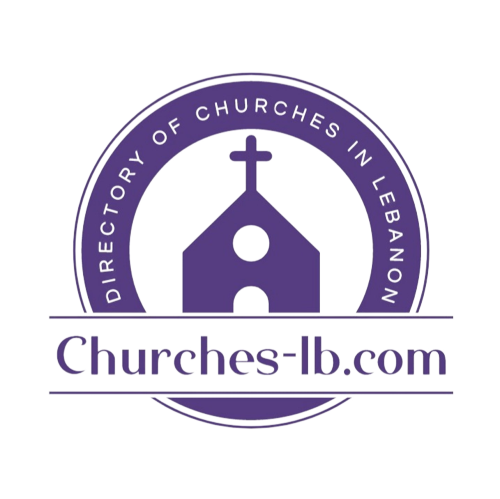
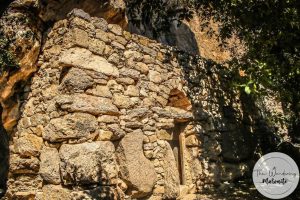
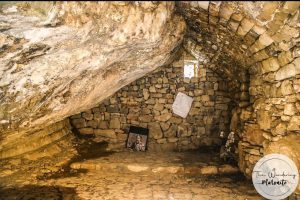

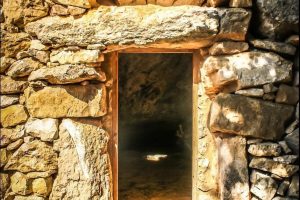
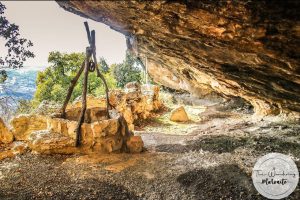
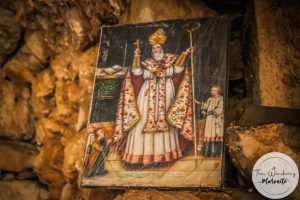
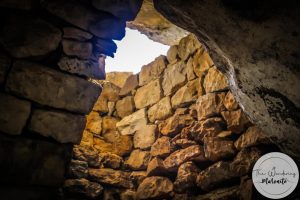







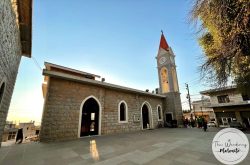
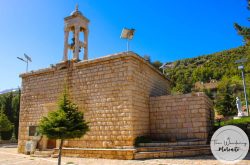
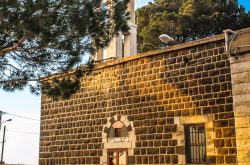
Reviews are disabled, but trackbacks and pingbacks are open.